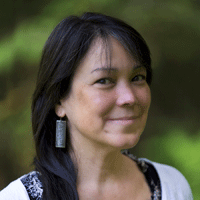What the Rest of the World Knows: In Depth
- The 25% Tipping Point
- Share
The 25% Tipping Point
New research reveals how to make social change.
There are a lot of good ideas in the world—new and different ways of being that challenge the status quo. What does it take to upend conventional beliefs and behaviors?
Social scientist Damon Centola at the University of Pennsylvania has studied how social change happens, from the civil rights movements to the Arab Spring revolutions to #metoo and #BlackLivesMatter. Much about how social change happens is predictable, and he examines the implications of that for grassroots strategies in his upcoming book Change: How to Make Big Things Happen (Little Brown, 2021).
“If you want to change a culture or a social system, you need to understand the power of social networks—and I’m not just talking about social media. Information and disease spread as ‘simple contagions,’ requiring only one contact for transmission. But social change typically spreads as ‘complex contagions,’ requiring multiple sources of social reinforcement to induce adoption,” he explains.
His new research reveals precisely when cultures shift. “This is the first-ever demonstration that tipping points lead to change in collective behavior,” Centola said. When 10% or 15% or even 20% of a population grabs hold of an idea, progress is slow. Failure looms. But then, a few more people get on board. And suddenly, success.
Here’s how it works.








